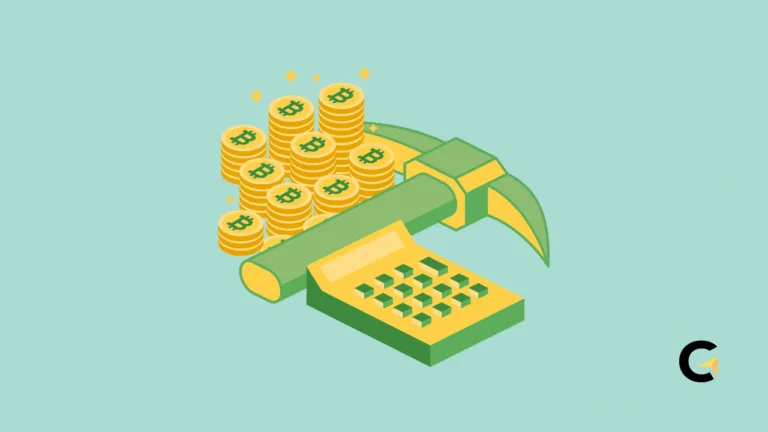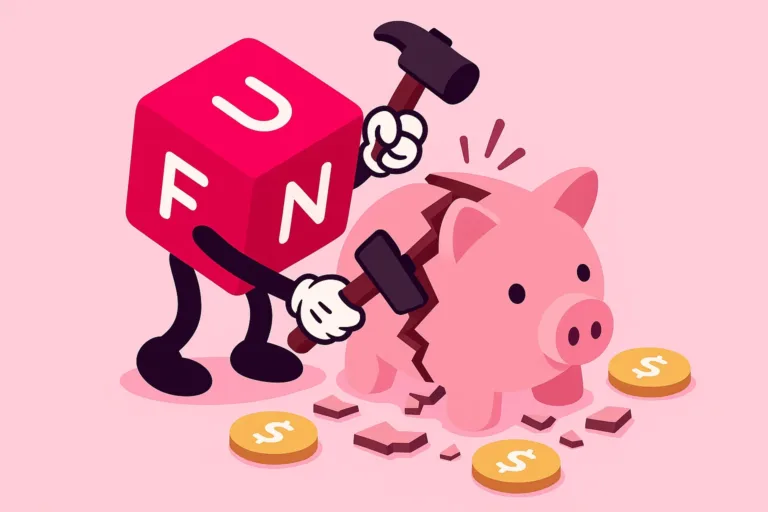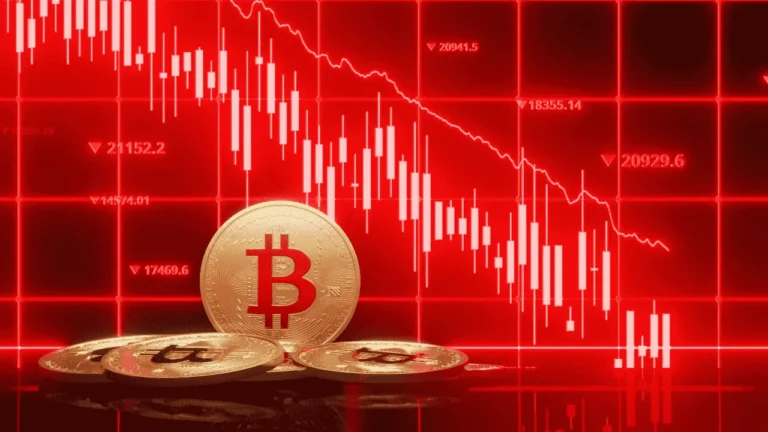Market Crash 101: How to Protect Your Crypto Portfolio
If you’ve spent any time in the world of crypto, you know it isn’t for the faint of heart. Market swings of 10–20% in a single day aren’t uncommon, and full-blown crashes can wipe out billions in hours.
Whether you’re a veteran trader or a curious newcomer, knowing how to navigate a market crash is critical to your long-term success.
We’ve seen this before: in early February, a political ripple from U.S. tariff announcements caused a domino effect across global markets, leading to the liquidation of over $2 billion in crypto assets—possibly even $10 billion if underreporting is accounted for.
One week earlier, AI hype triggered another flash crash. This proves one thing: crypto is deeply intertwined with global politics, economics, and sentiment.
Principal Conclusion
Hide-
Crashes are normal in the volatile world of crypto. They test discipline, not just strategy.
-
Stick to fundamentals. A strong project today will likely recover tomorrow.
-
Have a plan. Define how much you're willing to lose—and where you'll reinvest.
-
Use data, not drama. Don’t make decisions based on headlines or emotional reactions.
-
Security is non-negotiable. Especially when fear is high and scams are everywhere.
But there’s good news: market crashes are survivable—and even profitable—if you stay calm and follow a clear plan. Here’s your step-by-step strategy to outlast the downturns and emerge stronger.
What is a Crypto Market Crash?
A crypto market crash is a sharp and rapid decline in the overall valuation of cryptocurrencies, often led by top assets like Bitcoin and Ethereum. This happens when investor confidence is shaken due to:
-
Regulatory announcements or legal threats
-
Political developments (e.g., trade wars, sanctions)
-
Economic news (e.g., inflation, interest rate hikes)
-
Sudden liquidations or hacks
-
Hype cycles turning sour
Unlike traditional markets, crypto trades 24/7, making it more vulnerable to extreme reactions at any time—day or night.
What You Should Do During a Crash
1. Stay Informed from Reliable Sources
-
Follow well-established crypto news platforms like CoinDesk, CoinTelegraph, and CryptoSlate.
-
Use on-chain analytics tools (e.g., Glassnode, CryptoQuant) to understand what whales and institutional investors are doing.
-
Avoid getting news from random tweets or hype YouTube videos.
2. Stick to a Long-Term Strategy
-
Create an investment plan with defined goals, entry/exit rules, and risk tolerance.
-
Don’t deviate from your plan based on fear. If you’re in it for the long term, treat dips as part of the journey.
-
Legendary investors like Warren Buffett have always preached: “Be fearful when others are greedy, and greedy when others are fearful.”
3. Diversify Thoughtfully
-
Don’t put all your capital into one token. Spread it across different sectors: L1 chains, DeFi, gaming, infrastructure, and stablecoins.
-
Consider allocating up to 30–40% in stablecoins to hedge against extreme volatility.
4. Practice Risk Management
-
Use stop-loss orders to limit losses without having to monitor charts 24/7.
-
Set portfolio limits: for example, “Never have more than 10% in a single altcoin.”
-
Maintain an emergency reserve in fiat or stablecoins to take advantage of opportunities during deep corrections.
5. Educate Yourself Continuously
-
Read case studies of past crashes, like the 2018 bear market or the Terra-LUNA collapse in 2022.
-
Join trusted crypto communities like Reddit’s r/CryptoCurrency, Twitter threads by industry experts, or Discord servers for serious traders.
What You Shouldn’t Do During a Crash
1. Don’t Panic Sell
-
Panic selling often turns temporary paper losses into permanent real losses.
-
Example: On February 3, Bitcoin dipped to $92,000 early morning, then bounced to $102,000 the same evening. Those who panic sold missed the rebound.
2. Don’t Over-Leverage
-
Avoid borrowing to invest unless you’re an advanced trader who can actively manage risk.
-
Platforms offering 50x or 100x leverage may seem attractive—but just one wrong move can wipe out your entire portfolio.
3. Don’t Chase Rumors or FOMO
-
Don’t jump into tokens trending on Twitter without researching fundamentals like use-case, developer activity, and tokenomics.
-
Many “buy the dip” moments during crashes are actually dead cat bounces—temporary recoveries before another drop.
4. Don’t Ignore Security Measures
-
Use hardware wallets or secure cold storage for large holdings.
-
Enable two-factor authentication (2FA) on all exchange accounts.
-
Be vigilant: scammers and phishing attacks often spike during market downturns.
How to Identify a Bear Market
Knowing whether you’re in a temporary correction or a full-blown bear market is crucial.
Indicators of a Bear Market:
| Signal | Meaning |
|---|---|
| Lower highs & lower lows | A clear sign of downward momentum |
| Death Cross | 50-day MA falls below 200-day MA |
| Volume surge on red days | Suggests strong selling pressure |
| Fear & Greed Index: Extreme Fear | Widespread investor pessimism |
| RSI consistently below 30 | Indicates prolonged overselling |
| Negative news or global events | Regulatory FUD, interest rate hikes, etc. |
| Correlation with falling traditional markets | Crypto often mirrors stocks or gold |
Use a combination of these signals—not just one—to get a full picture.
Final Thoughts: Turning Chaos into Crypto Wisdom
Market crashes in crypto can feel like hurricanes—loud, fast, and destructive. They shake your confidence, test your patience, and stir up every emotion from anxiety to outright panic.
But like any storm, they don’t last forever. And more importantly, they don’t have to destroy your future—if you’re prepared.
Surviving—and thriving—through a crypto crash isn’t just about having the right tools in your portfolio; it’s about having the right mindset.
This is a game of endurance, not just intelligence. It rewards those who don’t just react, but who respond with clarity, insight, and purpose.
Think of every crash as a forced pause—a moment to step back, evaluate, and refine your strategy. It’s during these turbulent times that the most valuable lessons are learned.
You learn what kind of investor you really are. You learn how strong your convictions are. You learn the difference between hype and substance.
Stay plugged into the facts, not the fear. Resist the urge to make hasty decisions based on headlines or peer pressure.
Instead, double down on education, practice disciplined risk management, and treat every market move as a chance to grow your financial literacy and emotional resilience.
And above all—remember your “why.” Why did you enter this space in the first place? Was it to get rich overnight? Or was it to be part of a technological revolution that’s reshaping finance, ownership, and opportunity?
When the red candles start to fall like dominoes and the FUD (fear, uncertainty, doubt) starts flooding your feed, take a breath. Zoom out. Markets crash, but conviction compounds. The future of crypto isn’t decided by what happens during a crash—it’s shaped by how you respond to it.
So, hold the line. Trust your process. Keep learning. Because in crypto, as in life, fortunes aren’t just made during the highs—they’re forged in the lows.
Frequently Asked Questions (FAQs)
Should I buy more crypto during a crash?
Only if you have done your research, have a long-term strategy, and aren’t using money you can’t afford to lose. Crashes can provide entry opportunities, but don’t go all-in blindly.
What’s the difference between a correction and a crash?
A correction is a drop of 10–20% from recent highs, often seen as healthy market behavior. A crash is more severe, rapid, and sentiment-driven, usually exceeding 30–40% declines in a short time.
How can I protect my portfolio from future crashes?
- Use stablecoins to hedge
-
Employ stop-loss and take-profit strategies
-
Diversify and avoid over-concentration in risky assets
What’s dollar-cost averaging (DCA)?
DCA is a strategy where you invest a fixed amount at regular intervals, regardless of the asset’s price. It smoothens out market volatility and avoids bad timing.
Is it true that crypto always rebounds after a crash?
Not always. While Bitcoin and major altcoins often recover, many smaller or speculative projects do not. Focus on assets with strong fundamentals and active development.







